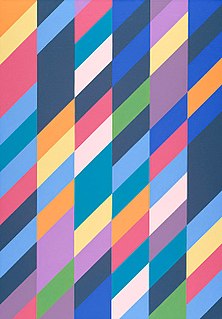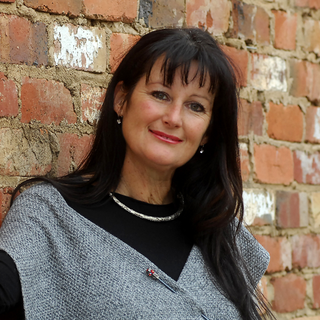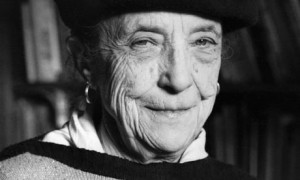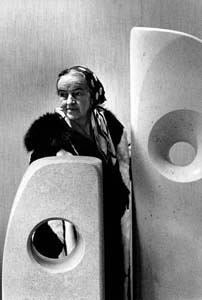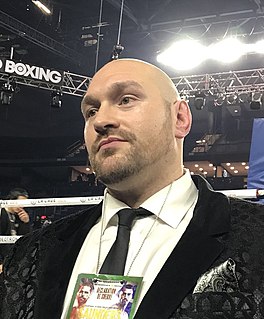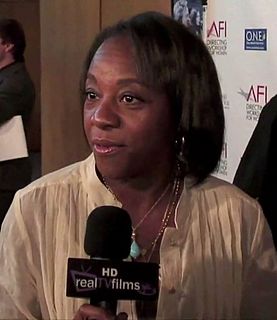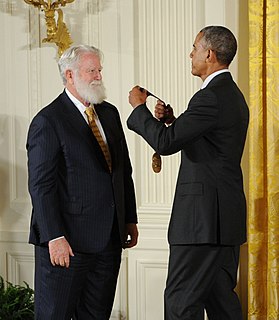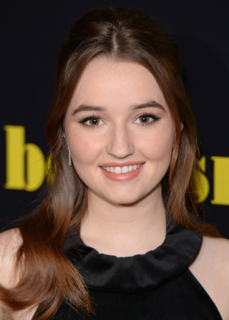A Quote by Bridget Riley
I learned from Seurat this important thing about colour and light, that 'a light' can be built from colour. I learned a great deal about interaction, that 'a blue' in different parts will play all sorts of different roles.
Related Quotes
The prejudice many photographers have against colour photography comes from not thinking of colour as form. You can say things with colour that can't be said in black and white... Those who say that colour will eventually replace black and white are talking nonsense. The two do not compete with each other. They are different means to different ends.
The colour blue - that is my colour - and the colour blue means you have left the drabness of day-to-day reality to be transported into - not a world of fantasy, it’s not a world of fantasy - but a world of freedom where you can say what you like and what you don’t like. This has been expressed forever by the colour blue, which is really sky blue.
I have gained very great inspiration from the Cornish land- and seascape, the horizontal line of the sea and the quality of light and colour which reminds me of the Mediterranean light and colour which so excites one's sense of form; and first and last there is the human figure which in the country becomes a free and moving part of a greater whole. This relationship between figure and landscape is vitally important to me. I cannot feel it in a city.
If your inner being changes, your whole outer life will be totally different. It will have a different fragrance, a different beauty, a different grace. And when your inner being is changed and becomes a flame of light, you will become a light unto others too. You will become a beckoning light, a great herald of a new dawn. Your very presence will trigger revolutions in other people's lives.
Stained glass is unique from the outside, but as a painting insider, I know that oil painting's all about light. And it's about the depiction of light, the way that it bounces off different types of skin, different landscapes. The mastery of that light is the obsession of most of my painter friends.
There needs to be more film directors of colour. They bandy about the word 'diversity' a lot, but when I say 'of colour,' I mean Asian, black - I mean people of all colour. We need to have those voices given the opportunity, not told that their films will not be distributed or will not sell well abroad.
In thinking of light, if we can think about what it can do, and what it is, by thinking about itself, not about what we wanted it to do for other things, because again we've used light as people might be used, in the sense that we use it to light paintings. We use it to light so that we can read. We don't really pay much attention to the light itself. And so turning that and letting light and sound speak for itself is that you figure out these different relationships and rules.
The orthodox view of colour experience assumes that, when we see a colour difference between two surfaces viewed side-by-side, this is because we have different responses to each of the two surfaces viewed singly. Since we can detect colour differences between something like ten million different surfaces, this implies that we are capable of ten million colour responses to surfaces viewed singly.
